When you think of rallying through the decades, there are certain cars that immediately spring to mind. The Ford Escort, Lancia Stratos, Audi Quattro and of course, the Wartburg 353.
These cars (well most of them) are remembered for their success on a global scale, but what about the cars they had to beat in order to claim their legendary status? There are so many more rally cars out there that never reached the peak of the mountain, and some are only remembered by the most passionate of rally fans.
You would think that video games play a big role in bringing these forgotten gems back into the limelight for one last dance, but generally, these games tend to focus on the popular classics that are already known and loved by the masses. That is until art of rally came along.
This game has the icons, but it also has the bridesmaids, the also-rans, the ‘what could have beens’ and the forgotten. To celebrates today’s release of art of rally on both PlayStation 4 and PlayStation 5, here’s the story of some of rallying’s underappreciated gems.
BMW 2002Ti aka das 220
Group 2 was the precursor to the birth of the world rally championship in 1973, the perfect support act that really got the crowd on side. Everyone remembers the MK1 Escort, the Mini Cooper and the Lancia Fulvia as being the stars of this era, and all three are also in this game.
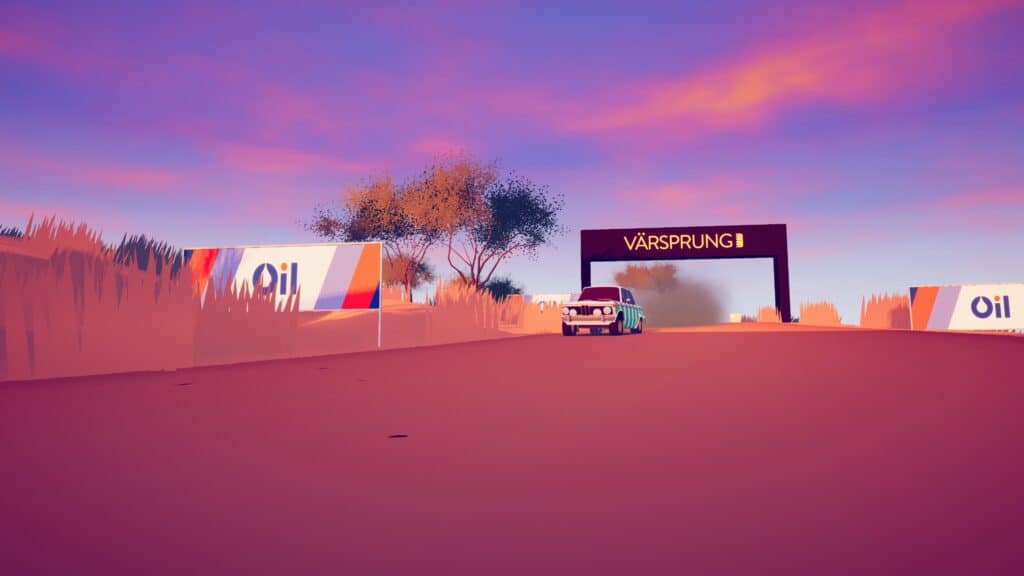
However, a car that is often forgotten about, at least in rallying terms, is the BMW 2002Ti, or ‘das 220’ in art of rally. This car is very much revered when it comes to the road-going version, but it actually had a fairly strong rallying pedigree in the early ’70s. The 2002 picked up victories in Austria, Portugal and its native Germany, even winning the European Rally Championship in 1971 with Polish driver Sobiesław ‘sobi’ Zasada behind the wheel.
Sadly for BMW, just as it was hitting its stride, the big oil crisis of the early ’70s took hold. It hugely disrupted their efforts in the inaugural WRC season in 1973, and by the time things had settled, it was too late. They never had the chance of a full-time assault on the championship and the following three years would be dominated by the Lancia Stratos. The BMW was a beautiful car but was handcuffed in its prime and was therefore never given the opportunity to capitalize on its potential.

Skoda 130RS aka pebble v2
As the late 1970s rolled in, the cars continued to get more powerful and the WRC that had previously only been for manufacturers, finally introduced a drivers table to go alongside it. The first campaign in 1978 was won by ‘Maximum Attack’ Fin Markku Alén in his Fiat 131 Abarth, and the title would go back and forth between Fiat and Ford with their Escort MK II for four years in a row.
While all of this was going on, outside of the limelight we had another manufacturer, using a rear-wheel drive and rear-engined design to gain great success in one of the lower classes. Of course, I’m talking about the Porsche 911 Skoda 130RS. Obviously.
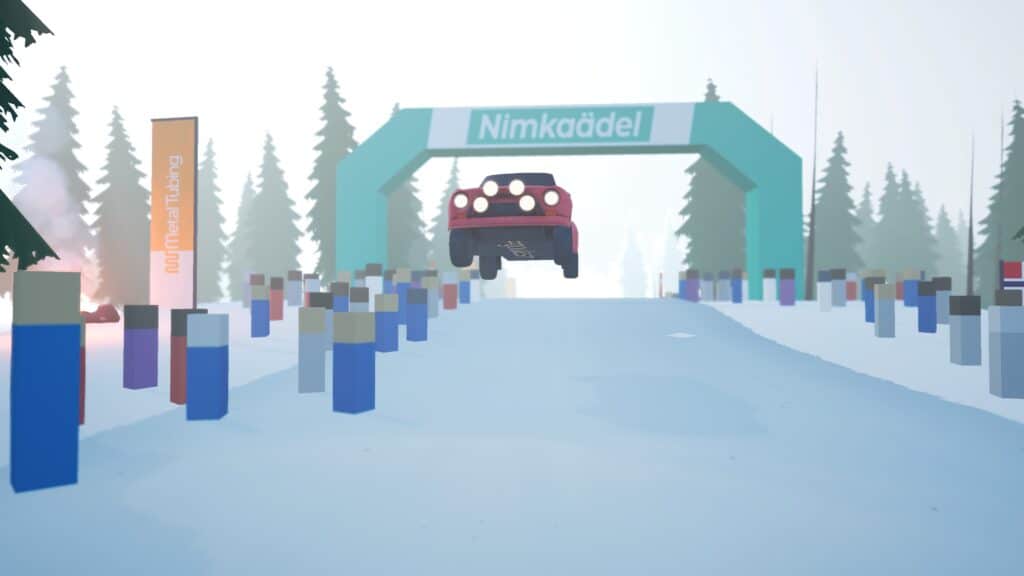
The pebble v2 competed in the WRC for eight seasons and only picked up 19th, 19th, 18th and 12th overall in the manufacturer’s championship in the years where they even scored any points. However, this doesn’t tell the full story.
The Skoda was much less powerful than the giants atop the WRC standings, with a plucky little 1.3-litre four-cylinder engine. But this thing was a giant killer at times and was apparently built to be able to fend off actual giants. They prepared as well as anybody, putting in as much testing as possible to make their cars ultra-reliable and it paid off. The 130RS was a hugely successful piece of engineering, that doesn’t get the credit it deserves because its class was never the headline act.
Alpine A310 aka la super montaine
Moving on now to a car that has been widely forgotten, largely due to the greater success of both its predecessor and successor. Many remember the Alpine A110 which won the first-ever WRC title for manufacturers back in 1973. Similarly, the Renault 5 Maxi Turbo is ingrained in many rally fans minds as an asphalt hero in the ’80s with the likes of Jean Ragnotti.
But far fewer people know the story of the car that underwhelmingly fumbled the Renault Alpine torch in between. The A310 (or la super montaine) was developed as the successor to the A110 in 1974 but struggled to be competitive initially with its extra weight. Alpine was hesitant to stop using the A110 until the A310 was up to speed, meaning both cars ran alongside one another for a while. They needed a solution, so decided to up the ante and dropped a more powerful V6 engine in the car to counteract the weight.
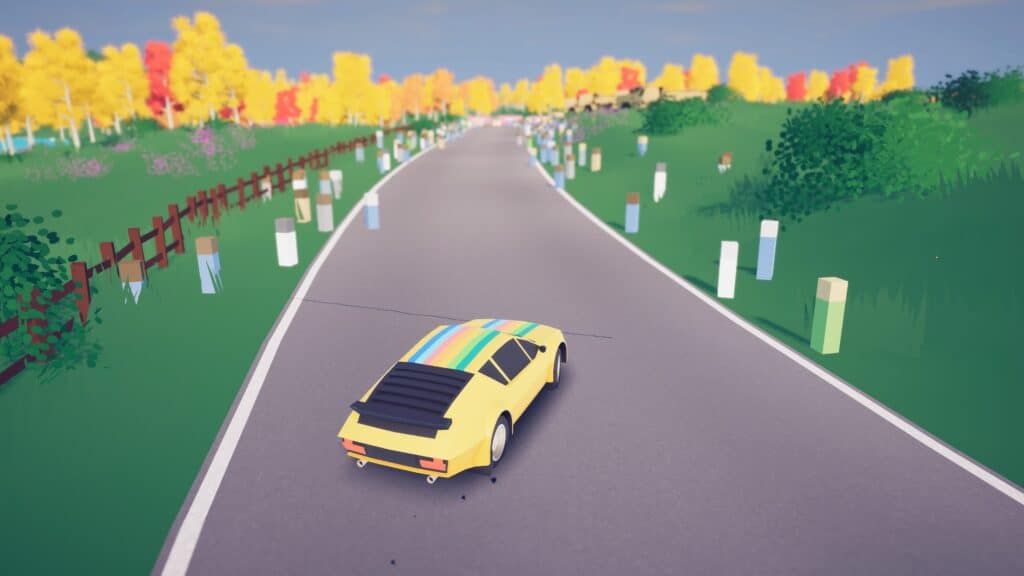
Finally, success started to come. By this stage, the team was focused on national rallying rather than the world championship, with the car winning the 1977 French rally championship in the hands of Guy Fréquelin. Recognise the name? That’s because Guy was Team Principal at Citroën for their return to full-time WRC competition in the early 2000s with a young Sébastien Loeb behind the wheel.
Like the BMW M1 and Ferrari 308GTB (both of which are in the game, of course), the V6-powered S310 only appeared in the World Rally Championship when they travelled to France and the events were combined with the French national championship. I would love to jump in a time machine and experience the 1981 or 1982 Tour de Corse.
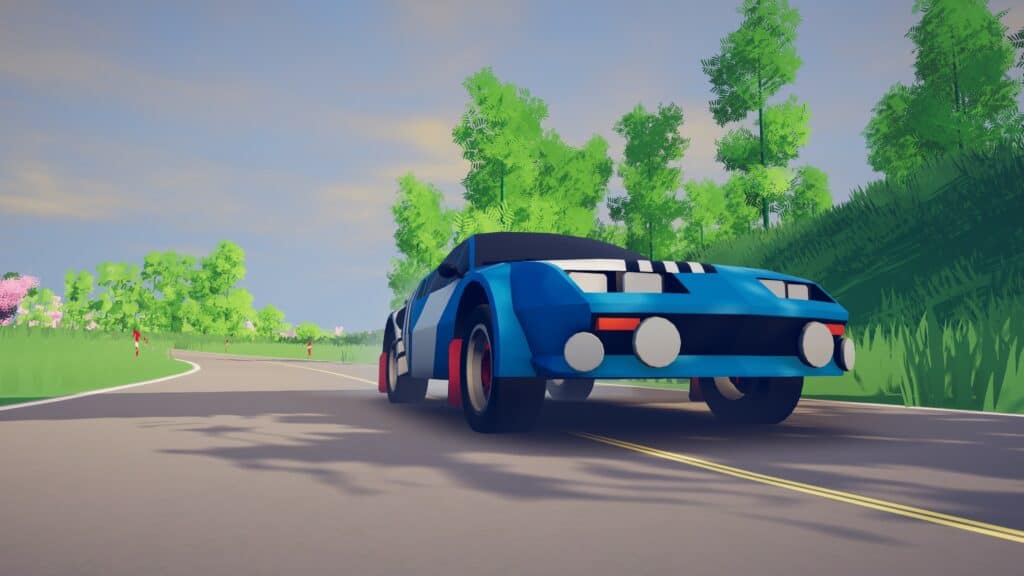
Mazda RX-7 aka rotary b7
As Group B began to pick up momentum in the early ’80s, a truly golden era was born. There were so many stand-out rally cars to come from this period… The Audi Quattro and the Peugeot 205, for example, plus the more aggressive evolutions of both. We had the 037 and the Delta S4 from Lancia, the latter in my opinion is one of the purest forms of competition car ever built. There was the Metro 6R4 and Ford RS200 which were both as popular as they were plucky.
And of course, we had the Mazda. Wait, what? Mazda?!
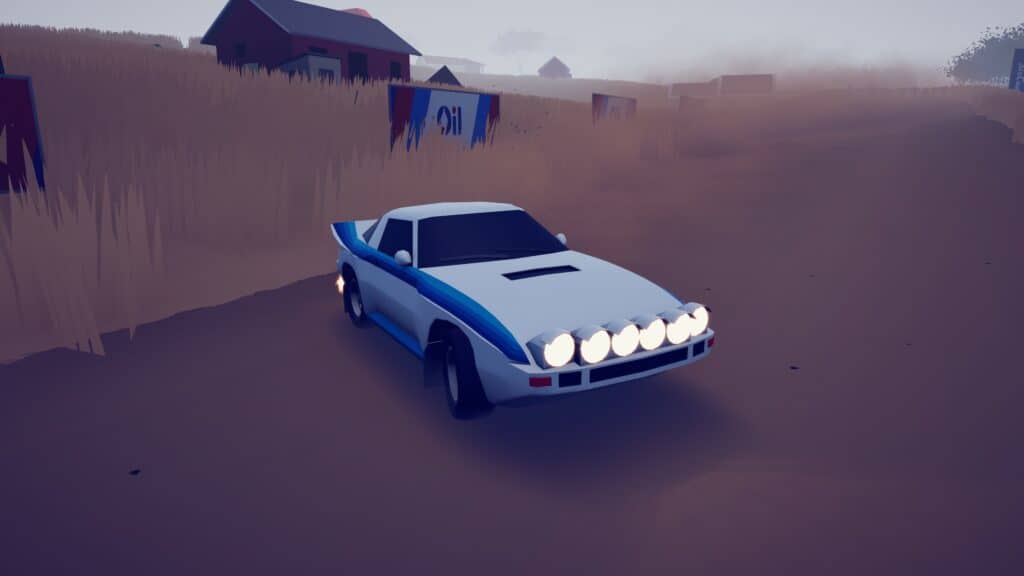
The Japanese giant wanted a slice of the Group B pie and decided to get involved, using its first-generation Series 3 RX-7 as the base. They stuck to their roots and gave this car a 300bhp naturally aspirated rotary engine and rear-wheel drive, and the rotary b7 as it’s known in art of rally, was born.
In all honesty, by the time Mazda had entered the sport in 1984, it was already on the back foot, given that most of the competition had advanced four-wheel-drive systems and even more horsepower. You have to admire Mazda for sticking to its production car values though.
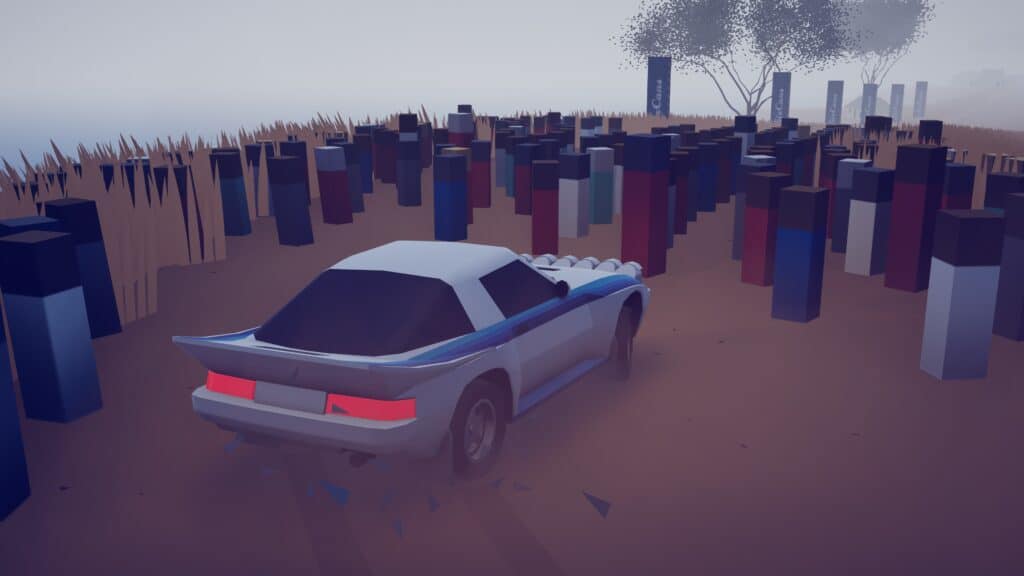
This car spent 1985 finding its feet, and although it wasn’t a front runner, it did pick up a WRC podium in the ’85 Acropolis rally. Sadly, as it turned out, the RX-7’s late arrival was just that. Despite ongoing development throughout ’85 and ’86 of a Group S version of the car with 4WD, this car was never to race. After a series of fatal incidents in 1986, Group B was canned and so were the proposed Group S regulation changes in an attempt to make the sport safer, meaning the programme was cut before it could gather any momentum.
Mazda would hang around, however, shifting focus to their Group A 323 once that category became the top class in the championship for 1987. The Group B RX-7 shouldn’t be remembered for its outright performance. It should be remembered for its guts. A normally aspirated rotary engine in a purpose-built rear-wheel-drive Group B rally monster – petrolhead heaven.
Toyota 222D aka the umibozu
Unlike with Group B, not every rally fan knows that much about the ill-fated Group S. After all, it never actually existed. But, as I mentioned previously, the initial plan was for Group S to be introduced in 1987 and take over from Group B in 1988.
Instead, the string of tragedies brought about the switch to the slower and safer Group A cars in 1987. So what happened to those Group S cars that were never raced? Some remained concepts on paper, but some were actually built in preparation for competition. This included the Audi RS002 and the Lancia ECV.
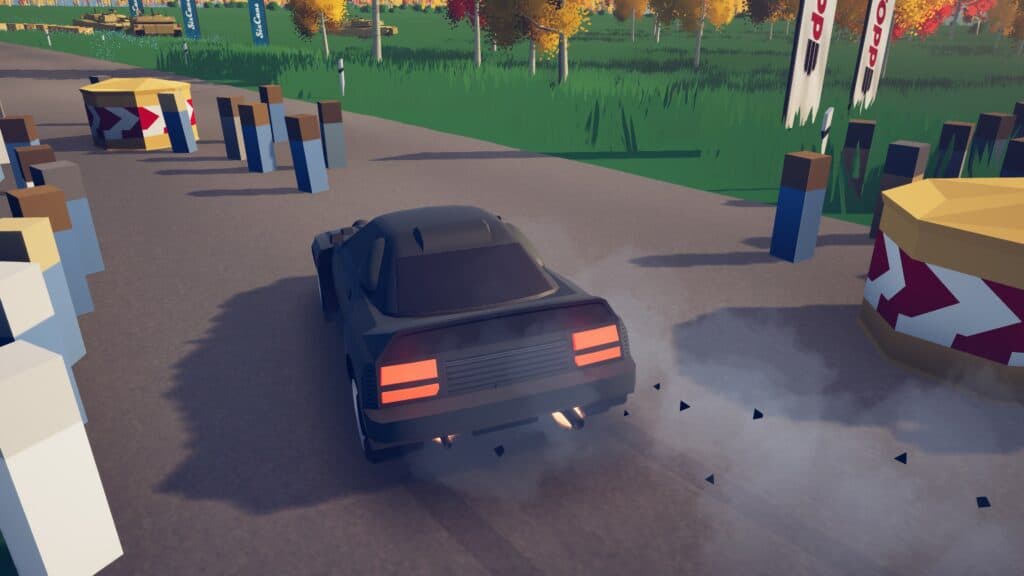
While this was going on, another Japanese manufacturer you might have heard of, Toyota, was also looking to make the jump from Group B to Group S. Its existing Celica was built like a house, winning the Safari Rally three years on the trot. But the 2WD setup and lack of outright power meant it was never a title contender, or even a rally winning contender on the shorter European events.
The company’s Group S effort was an entirely different beast. In 1985 when the regulations were first announced, it began work on a secret project titled the 222D. The umibozu, as it’s known in art of rally, would be based on the lighter and sportier MR2 with its short wheelbase and mid-engine layout akin to the successful Lancia Delta and Peugeot 205. It was blessed with an advanced 4WD system and stuck the engine in it from their Group C Le Mans prototype!
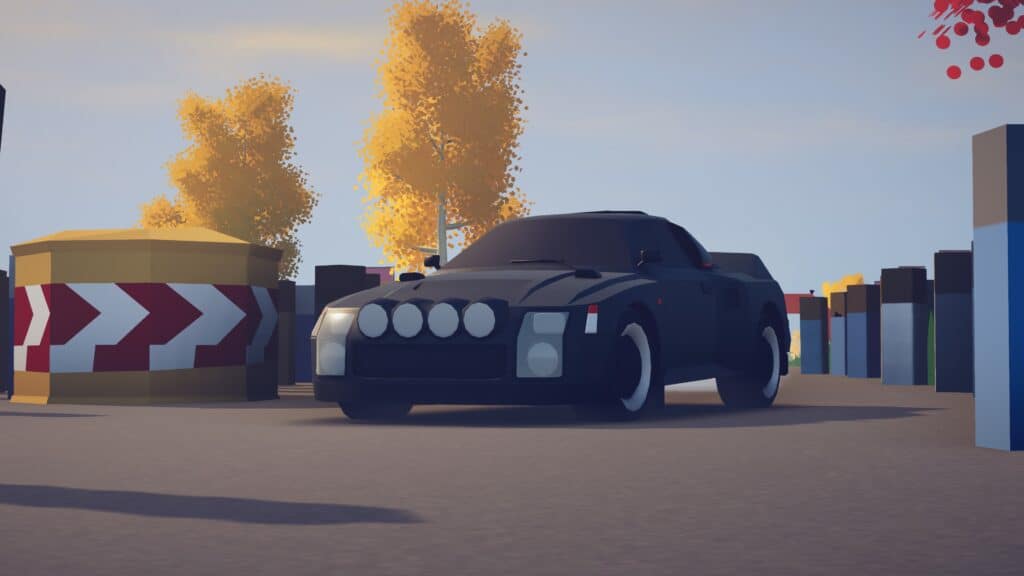
With 750bhp and weight only 750kg, you can see why this thing was nicknamed the black monster. Even during testing, rallying veteran Ove Andersson found the car terrifying and was relieved when Group S was cancelled. This car never raced in official competition, but a spectacle that would have been.
Toyota, much like many of the other major manufacturers at the time, were happy to switch their attention to Group A development and finally found major success in the ’90s with their championship-winning Celicas. It’s amazing that art of rally has brought Group S car to life because these are the ultimate forgotten rally cars. I am so glad they never raced because of the inevitable lives that would have been lost in the process, but nobody can deny the magnificence of the machinery.
Subaru Impreza aka fujin
The final class available on art of rally is of course Group A. There aren’t really any forgotten cars here, so instead, I’m going to talk about a car that holds a special place in my heart, and didn’t necessarily achieve as much as it could have if things had worked out differently. It isn’t even technically a Group A car, as this Fujin was the first Subaru Impreza to be built to the new WRC car regulations in 1997.
When people remember Subaru in the WRC, they often think of McRae’s 1995 title-winning saloon, or the cars Richard Burns and Petter Solberg drove to title success in 2001 and 2003 respectively. However, the two-door 1997 version for me has to be one of the best looking modern age rally cars. This is the model that inspired the famous 22B STI road car, which has now reached legendary status.

Despite no Subaru driver winning the title in the cars rein from 1997 through to 2000, the team did win the constructors title in ’97, and their lack of silverware was more down to the brilliance of Tommi Mäkinen rather than anything else. The Subaru with McRae at the wheel was arguably the fastest package throughout ’97 and ’98, but his campaigns were plagued by reliability issues and a few too many mistakes. When Burns replaced McRae at Subaru in ’99, he picked up where the Scot had left off and was the man to beat throughout most of 2000, losing out in the title fight to Gronholm in the final round.
One of the most competitive packages not to win a driver’s title, this particular model of Impreza has earned its place in most rally fans hearts. Not only is it a thing of beauty, but it was also the car in which two legends of the sport that were lost far too soon, both thrived in. Some of the best McRae and Burns victories happened in this car, and its legacy will never be forgotten.
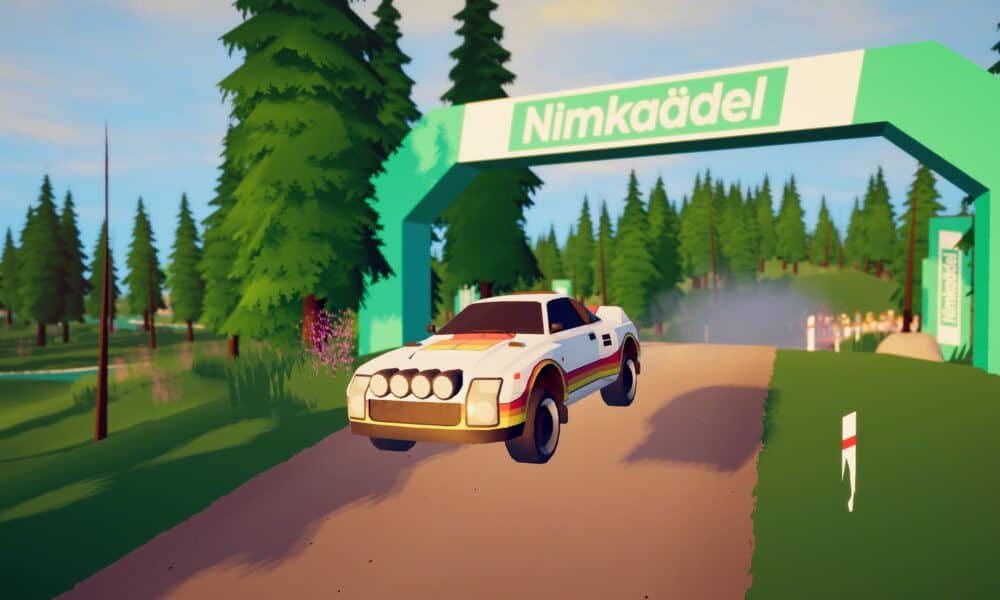





Chat with the Community
Sign Up To CommentIt's completely Free